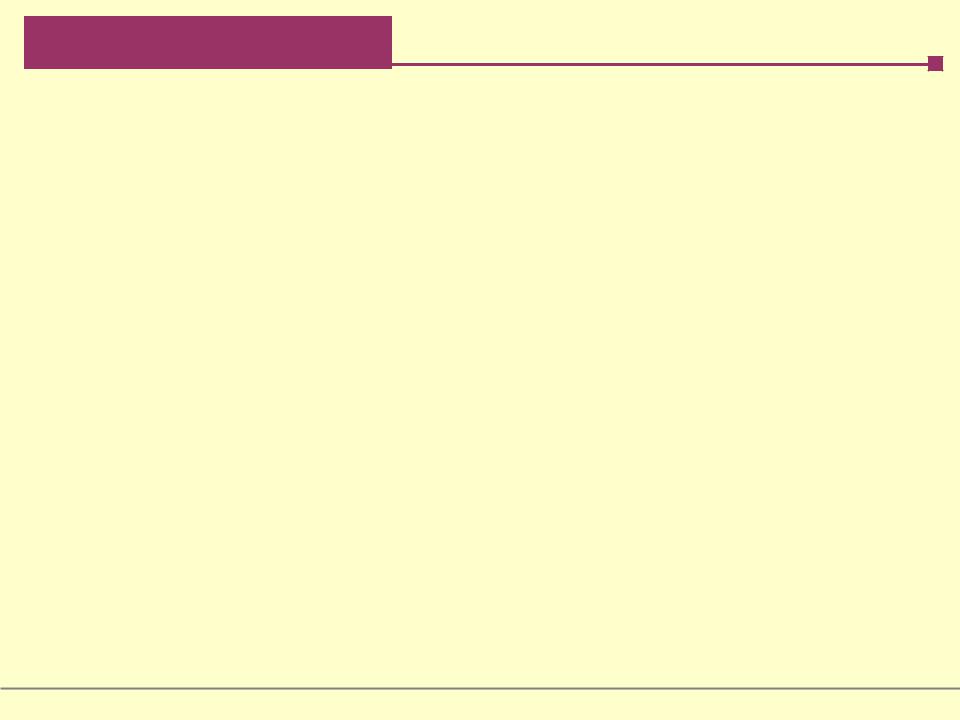
Lectures_micro / Microeconomics_presentation_Chapter_5
.pdf
a
Fare (per |
Quantity of rides |
|
ride) |
(millions per year) |
|
|
Fare |
Quantity |
|
Quantity |
|
The “wedge”
D
 Quota
Quota
0 13 14
Quantity of rides (millions per year)


 The Anatomy of Quantity Controls
The Anatomy of Quantity Controls
A quantity control, or quota, drives a wedge between the demand price and the supply price of a good; that is, the price paid by buyers ends up being higher than that received by sellers.
The difference between the demand and supply price at the quota limit is the quota rent, the earnings that accrue to the license-holder from ownership of the right to sell the good. It is equal to the market price of the license when the licenses are traded.


 The Costs of Quantity Controls
The Costs of Quantity Controls
Deadweight loss because some mutually beneficial transactions don’t occur.
Incentives for illegal activities.

SUMMARY
1. Even when a market is efficient, governments often intervene to pursue greater fairness or to please a powerful interest group. Interventions can take the form of price controls or quantity controls, both of which generate predictable and undesirable side effects.
2. A price ceiling, a maximum market price below the equilibrium price, benefits successful buyers but creates persistent shortages. Price ceilings lead to inefficiencies in the form of deadweight loss from inefficiently low quantity, inefficient allocation to consumers, wasted resources, and inefficiently low quality. It also encourages illegal activity as people turn to black markets to get the good.

SUMMARY
3. A price floor, a minimum market price above the equilibrium price, benefits successful sellers but creates persistent surplus. Price floors lead to inefficiencies in the form of deadweight loss from inefficiently low quantity, inefficient allocation of sales among sellers, wasted resources, and inefficiently high quality. It also encourages illegal activity and black markets. The most well-known kind of price floor is the minimum wage, but price floors are also commonly applied to agricultural products.

SUMMARY
4. Quantity controls, or quotas, limit the quantity of a good that can be bought or sold. The quantity allowed for sale is the quota limit. The government issues licenses to individuals, the right to sell a given quantity of the good. Economists say that a quota drives a wedge between the demand price and the supply price; this wedge is equal to the quota rent. Quantity controls lead to deadweight loss in addition to encouraging illegal activity.
